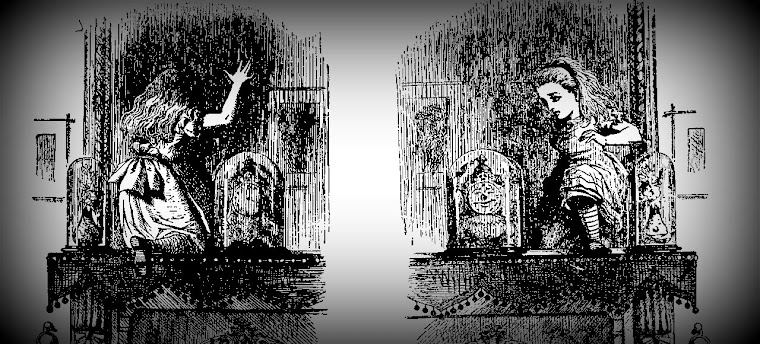 |
As I was researching new literacy strategies, this was another one I discovered that I would love to try. Getting reluctant readers to buy into reading is a seemingly impossible task when constantly met with the phrase "I hate reading" or "I don't know how/I'll never know how to read". I'm always looking for any way to move past that defeatist attitude, so I think this would be a really good way to start a class by combating (or validating) those feelings head-on. Even if the student cannot muster up a positive experience associated with reading, at least they will realize that many learners struggle with the exact same thing and they may be more receptive to giving reading a chance.
Why is this strategy effective?
 This is a way to disarm the defenses at the start! We hope that at some time in their lives, reading for all students was gratifying. This strategy can be used to help students rediscover at least one positive memory and use it as a cornerstone for future reading successes. Books will be the great equalizer. Every student knows what it feels like to be a reading failure, so once they have done this exercise they will know that they have all felt the same way about books at one time or another (and that they were all kids once upon a time).
This is a way to disarm the defenses at the start! We hope that at some time in their lives, reading for all students was gratifying. This strategy can be used to help students rediscover at least one positive memory and use it as a cornerstone for future reading successes. Books will be the great equalizer. Every student knows what it feels like to be a reading failure, so once they have done this exercise they will know that they have all felt the same way about books at one time or another (and that they were all kids once upon a time).- Students will be asked to recall a book that has had an impact on their lives, positive or negative. It gives some form of credit to reading
- Favorable memories can serve as powerful reminder that authentic reading is pleasurable as well as purposeful.
- It doesn’t have to be a favorite book, but it does have to be an important one: one that leaves an impression. The memory can be positive or negative.
- If possible, the student brings the book to class. If the book is not available, students draw an illustration that resembles the cover. It is important for them to have something to hold on to as they stand in front of the class: it alleviates some of the stress speaking in front of their peers causes.
- Students could work in groups and brainstorm about various categories: books they enjoyed as children, favourite genres (then or now). Alternately, what genre/books they disliked and why?
- If speaking in front of the class is too difficult, students could present to the teacher or complete a short written assignment (or audio recording) where they describe their chosen book.

I have always loved reading (these are just a few of my favourites growing up), and I love the nostalgic feeling you get when you recall those books you made your parents read to you a million times...the books that you then read to them a million times...and the ones that you would read again as an adult just for fun:)






